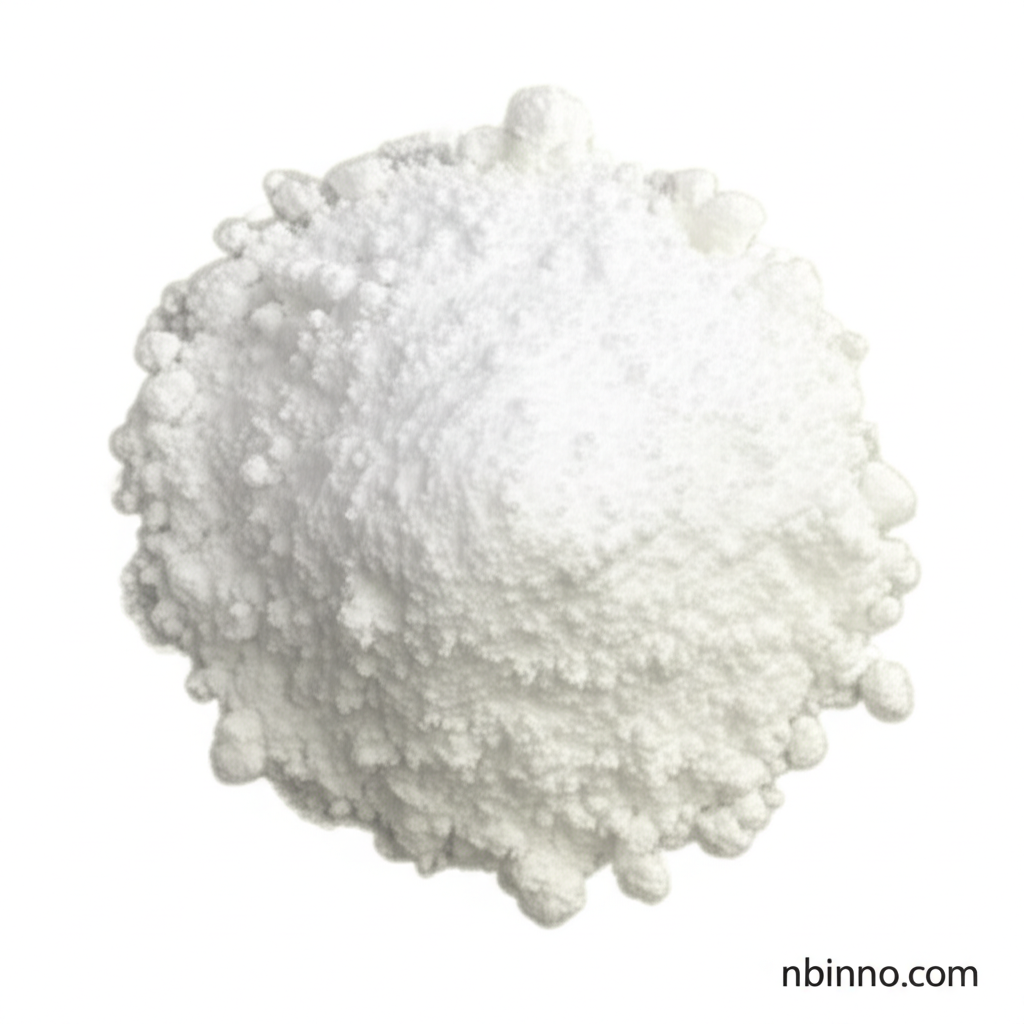Enhance Your OLEDs with High Purity NBPhen
Discover the power of 2,9-dinaphthalen-2-yl-4,7-diphenyl-1,10-phenanthroline for superior electronic device performance.
Get a Quote & SampleProduct Core Value

2,9-Dinaphthalen-2-yl-4,7-diphenyl-1,10-phenanthroline
This high-purity organic compound is crucial for advancing OLED and photovoltaic technologies. As a key OLED intermediate, it functions effectively as an electron-injection layer (EIL) and a hole-blocking layer (HBL), significantly enhancing the efficiency and stability of electronic devices.
- Achieve superior device performance by utilizing NBPhen CAS 1174006-43-9 as a vital electron-injection layer material in your organic electronic systems.
- Leverage the high purity NBPhen for OLEDs, ensuring optimal conductivity and charge transport for brighter, more efficient displays.
- Explore the benefits of hole blocking layer NBPhen, which helps to confine excitons within the emissive layer for improved quantum efficiency.
- Integrate sublimed NBPhen for organic electronics, benefiting from its exceptional purity and sublimation characteristics for clean deposition processes.
Product Advantages
Exceptional Purity
Benefit from the high purity NBPhen for OLEDs, ensuring consistent and reliable performance in sensitive electronic applications.
Enhanced Device Efficiency
The application of NBPhen as an electron-injection layer material contributes to improved current density and luminance characteristics, as demonstrated in various OLED device structures.
Versatile Functionality
As a hole-blocking layer NBPhen, it plays a critical role in device architecture, helping to optimize charge balance and exciton confinement.
Key Applications
OLED Intermediate
Essential as an OLED intermediate, this compound is integral to the fabrication of high-performance organic light-emitting diodes, contributing to vivid displays.
Photovoltaic Devices
Used in photovoltaic devices, it aids in efficient charge extraction and transport, boosting the overall power conversion efficiency of solar cells.
Electron-Injection Layer (EIL)
As an electron-injection layer material, it facilitates smoother electron transfer from the cathode to the emissive layer, reducing operating voltage.
Hole-Blocking Layer (HBL)
Functioning as a hole-blocking layer, it prevents holes from migrating to the electron transport layer, ensuring recombination occurs effectively in the emissive zone.
